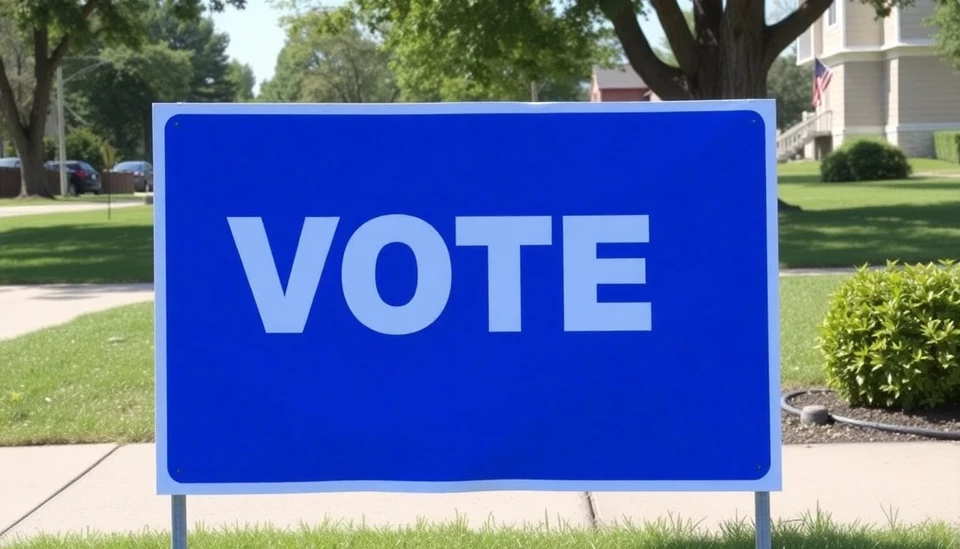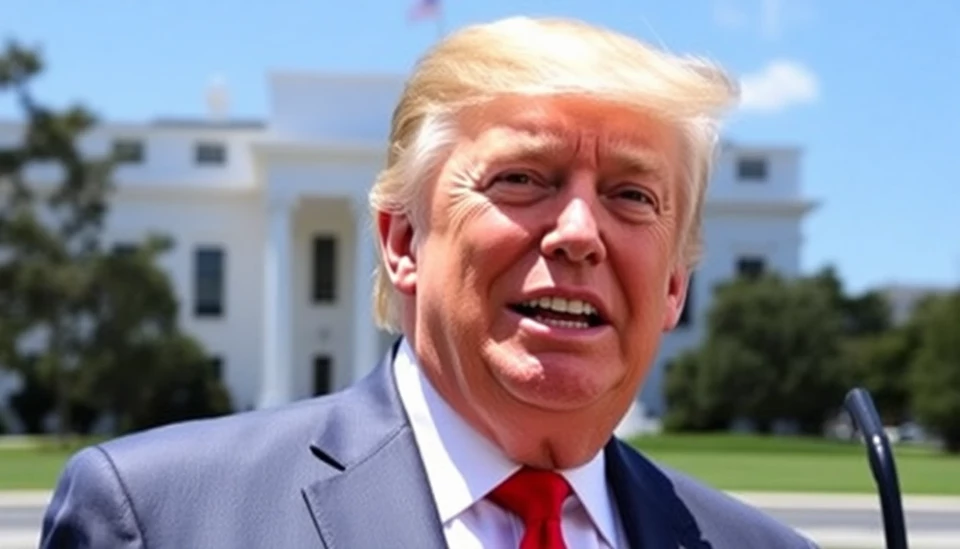
As the United States gears up for the 2024 elections, the economic recovery in several key swing states reveals stark disparities that could significantly influence voter sentiment. While some regions display signs of a robust recovery, others grapple with lingering challenges that threaten to shape electoral outcomes. Economists are keenly observing these dynamics as candidates mobilize for campaigning in these pivotal areas.
The post-pandemic recovery has not adhered to a uniform schedule. In states such as Wisconsin, Pennsylvania, and Michigan, economic indicators have painted differing pictures. For instance, while Milwaukee and Pittsburgh have seen some job growth and increased investments, rural areas remain under strain, with unemployment rates reflecting the slow pace of recovery. This disparity in economic well-being could play a crucial role in how voters approach the ballot box in November.
Political analysts note that the economic frustrations felt by constituents in these regions could be a double-edged sword for candidates. The Biden administration has made significant strides in tackling inflation, with initiatives aimed at boosting jobs and enhancing infrastructure. Nevertheless, doubts linger among voters regarding the administration’s effectiveness, particularly in areas that have yet to feel the benefits of these policies.
Moreover, with inflation still a pressing concern, many swing state voters express skepticism about their financial stability, often overlaid with anxiety about future economic policies. This sentiment could potentially sway undecided voters, making the economy a central theme in campaign dialogues. Candidates are thus forced to tailor their messages to address the specific economic grievances in each region, highlighting the importance of local engagement in national politics.
The battle for these swing states is further complicated by differing perspectives on economic recovery. Democrats lean toward optimistic narratives, emphasizing job creation statistics and social spending benefits, while Republicans often focus on inflation and economic pain points to galvanize support. This division underscores the complexity of voter behavior, as individuals weigh their personal experiences against national narratives.
As part of the electoral strategy, candidates are ramping up local outreach efforts, with rallies and town hall meetings to connect directly with constituents. Engaging in significant dialogues about economic progression, job creation, and infrastructure spending are essential for candidates hoping to gain ground in these precarious regions. The ability to resonate personally with voters could tip the balance in some of the tightest races on the map.
In light of these factors, the current economic landscape will be a barometer not only for voter sentiment but potentially also for electoral outcomes. With millions of Americans still recovering from the socioeconomic impacts of the pandemic, how candidates respond to these disparities will undoubtedly be pivotal as the election approaches.
Only time will tell how voters will prioritize their economic experiences come November, but one thing is clear: the uneven recovery of swing state economies will remain a hot topic as the race heats up.
#2024Election #SwingStates #EconomicRecovery #VoterSentiment #BidenAdministration #Inflation #USPolitics #PoliticalAnalysis
Author: Rachel Greene




